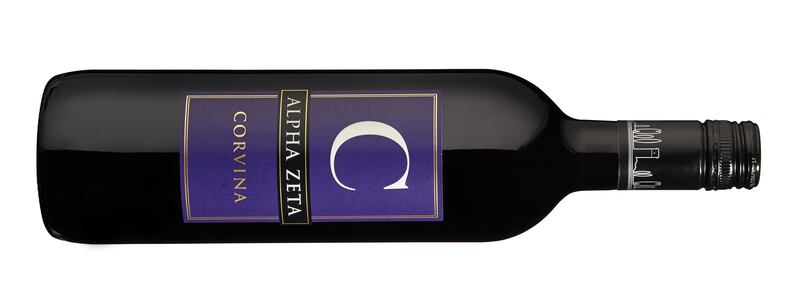At one time all wine literature was laid out by country and region; then came wine by style. In recent months it occurred to me that we should categorise our wines slightly differently – by producer type. I reckon they can be roughly divided into four groups, with some overflow. The problem is knowing where to put your favourite wine, when everyone is pretending to be small and artisan.
Big Wine
Like big beer, these are the large-scale industrial producers, although they don’t always like being called that. Modern technology allows them to churn out huge quantities of soft fruity, often off-dry wines that are drinkable if rarely exciting.
They will usually have several ranges of wine, including some very expensive ones. We should probably be thankful for these producers; they keep us supplied with plenty of drinkable everyday wines and some of the more expensive wines can be very good.
Small and medium farmers
Most often found in Europe, many small and medium-size farmers simply sell their grapes to the local co-operative, which then falls into the “Big Wine” category. But some do produce their own wine. Generally it will be okay, occasionally very good. They often struggle to market their wines and earn a living unless they come from a fairly well-known area such as Sancerre, Soave, Rioja and can therefore charge higher prices. The best producers within this group are responsible for the most interesting and best-value wines. It is here that you will find the truest expressions of a grape variety, climate or region.
The wild bunch
The nearest wine gets to hipster. Often young, experimental and dismissive of all of the others, they seek out new grape varieties, unheard of ancient regions, and love to make organic, biodynamic or even natural wines using as little modern technology (or sulphur) as possible. If the winemaker is good, the wines can be excellent – if not, they smell and taste of vinegar or poo, or both together.
Luxury goods
These will probably come from a very well-known posh region such as Bordeaux, Champagne, Rioja, the Napa Valley or Margaret River. The owner, often a wealthy businessman or multinational, will hire a very expensive consultant who will produce a plush, lush, rich, smooth, ultra-ripe red wines with plenty of new oak. You won’t always be able to tell the grape variety or wine region, but you can tell it costs a lot; it has been teased and manicured like the greens at Augusta. These wines are made to be drunk by other very wealthy people who don’t always know a huge amount about wine, but want to have the best of everything.
This week, three small to medium producers, plus a good value wine from a co-operative.

La Bicicleta Voladora 2015, Rioja
13.5%
€16.50
A delicious unoaked Rioja packed with succulent dark cherry and bramble fruits.
Stockists: 64wine, Glasthule.

Les Demoiselles de Ch Falfas 2015, Côtes de Bourg (biodynamic)
13.5%
€23.50
Forward bright juicy ripe dark fruits with a lovely balancing acidity. Perfect with the Sunday roast.
Stockists: Terroirs, Donnybrook

Domaine des Nugues 2015, Beaujolais Blanc
13%
€17.30
Delicious unoaked wine with gentle fruits, a lovely texture, a fine minerality and an excellent finish.
Stockists: Martin’s, Fairview; 64wine, Glasthule.
BARGAIN WINE

Alpha Zeta Corvina 2015
12.5%
€12.99
Easy-drinking, refreshing light plum fruits with subtle spice.
Stockists: The Malt House, Trim; World Wide Wines, Waterford; Blackrock Cellar.












